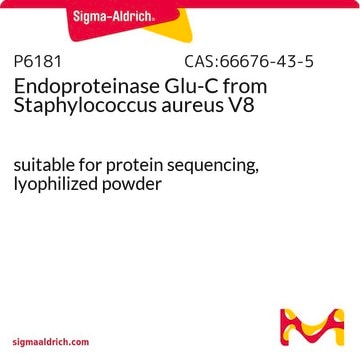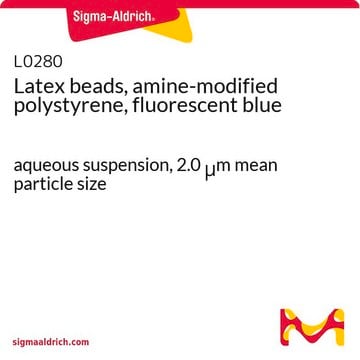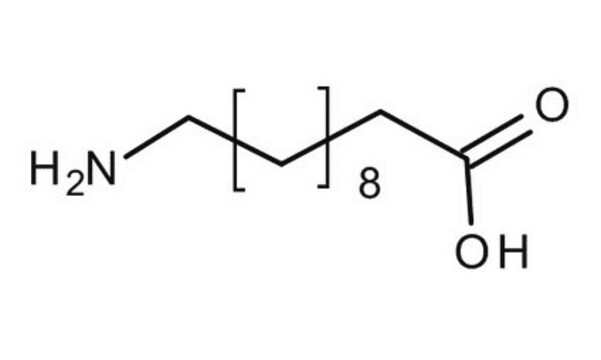P0084
Monoclonal Anti-Pinin antibody produced in mouse
~1.5 mg/mL, clone 5F1, purified immunoglobulin, buffered aqueous solution
Synonim(y):
Anti-DRS, Anti-PNN, Anti-SDK3, Anti-memA
About This Item
Polecane produkty
pochodzenie biologiczne
mouse
białko sprzężone
unconjugated
forma przeciwciała
purified immunoglobulin
rodzaj przeciwciała
primary antibodies
klon
5F1, monoclonal
Postać
buffered aqueous solution
masa cząsteczkowa
antigen ~140 kDa
reaktywność gatunkowa
monkey, bovine, human, canine
opakowanie
antibody small pack of 25 μL
stężenie
~1.5 mg/mL
metody
immunocytochemistry: suitable
indirect ELISA: suitable
western blot: 1-2 μg/mL using HeLa nuclear cell extract
izotyp
IgG1
numer dostępu UniProt
Warunki transportu
dry ice
temp. przechowywania
−20°C
docelowa modyfikacja potranslacyjna
unmodified
informacje o genach
human ... PNN(5411)
Opis ogólny
Specyficzność
Immunogen
Zastosowanie
- enzyme-linked immunosorbent assay (ELISA)
- immunoblotting
- immunocytochemistry
Działania biochem./fizjol.
Postać fizyczna
Przechowywanie i stabilność
Oświadczenie o zrzeczeniu się odpowiedzialności
Not finding the right product?
Try our Narzędzie selektora produktów.
produkt powiązany
Certyfikaty analizy (CoA)
Poszukaj Certyfikaty analizy (CoA), wpisując numer partii/serii produktów. Numery serii i partii można znaleźć na etykiecie produktu po słowach „seria” lub „partia”.
Masz już ten produkt?
Dokumenty związane z niedawno zakupionymi produktami zostały zamieszczone w Bibliotece dokumentów.
Nasz zespół naukowców ma doświadczenie we wszystkich obszarach badań, w tym w naukach przyrodniczych, materiałoznawstwie, syntezie chemicznej, chromatografii, analityce i wielu innych dziedzinach.
Skontaktuj się z zespołem ds. pomocy technicznej







